Bringing Photography to Life: An Introduction to Stereo Cameras
2 4 Share Tweet3D photography has always been a point of interest for photographers to explore. These cameras were quite popular when they were first introduced in the 1850s, and they even had a brief resurgence in the late 1940s.
Since the early days of photographic history, stereo cameras positioned themselves as an interactive way to look at pictures, and this kind of camera was a staple in the camera bags of bourgeois enthusiasts.
But at the turn of the century the bulky nature of these cameras, and their limited portability, relegated them to be a way of shooting for the more devoted hobbyist and passionate photographers.
After the tumultuous years that characterized the beginning of the 19th century, a new model entered the market in 1947 and resurrected the popularity of the stereo camera. The Stereo Realist included features that adapted to more modern needs.
Compact and with a smaller distance between the two lenses, this camera model reinvigorated the popularity of stereoscopic pictures, and was promoted by movie stars of that time, becoming a true hit.
A stereo camera takes two pictures at the same time with a slightly different angle due to the position of the lenses. The lenses are mounted at either 7 cm or 5 cm apart to mimic the distance between human eyes. The end result is to simulate human vision and to have an effect of tridimension when we look at the final print. When mounted into frames the images can be viewed through a stereoscopic viewer.
From a 35 mm roll with 36 exposures, you'll get 29 pairs of stereoscopic images, while with medium format, you'll usually get 6 pairs, although it varies with different cameras.
The required shooting distance to get a full 3D experience varies as well. Each manufacturer will usually recommend an average distance for optimal effect.
The distance between the lenses on the camera will also determine the shooting distance from your subject. The closer the subject is, the greater the 3D effect, but alignment with the frames has to be kept straight. Also if you have a busy composition, it makes it difficult to perceive the 3D vision, and it is best to keep a clean foreground to allow a precise alignment.
Nowadays, we can enjoy these images moving with software that creates animated gifs. After you have scanned your photos, a motion can be created with the two frames, using software, or 3D plugs-in available for Photoshop, that create a fully three-dimensional picture.
Have you ever shot with a stereo camera? Share your experience in the comments below.
written by eparrino on 2024-01-25 #gear #culture #stereo-camera #3d-photo #stereoscopic-pictures #animated-gifs #animated-pictures #photogifs

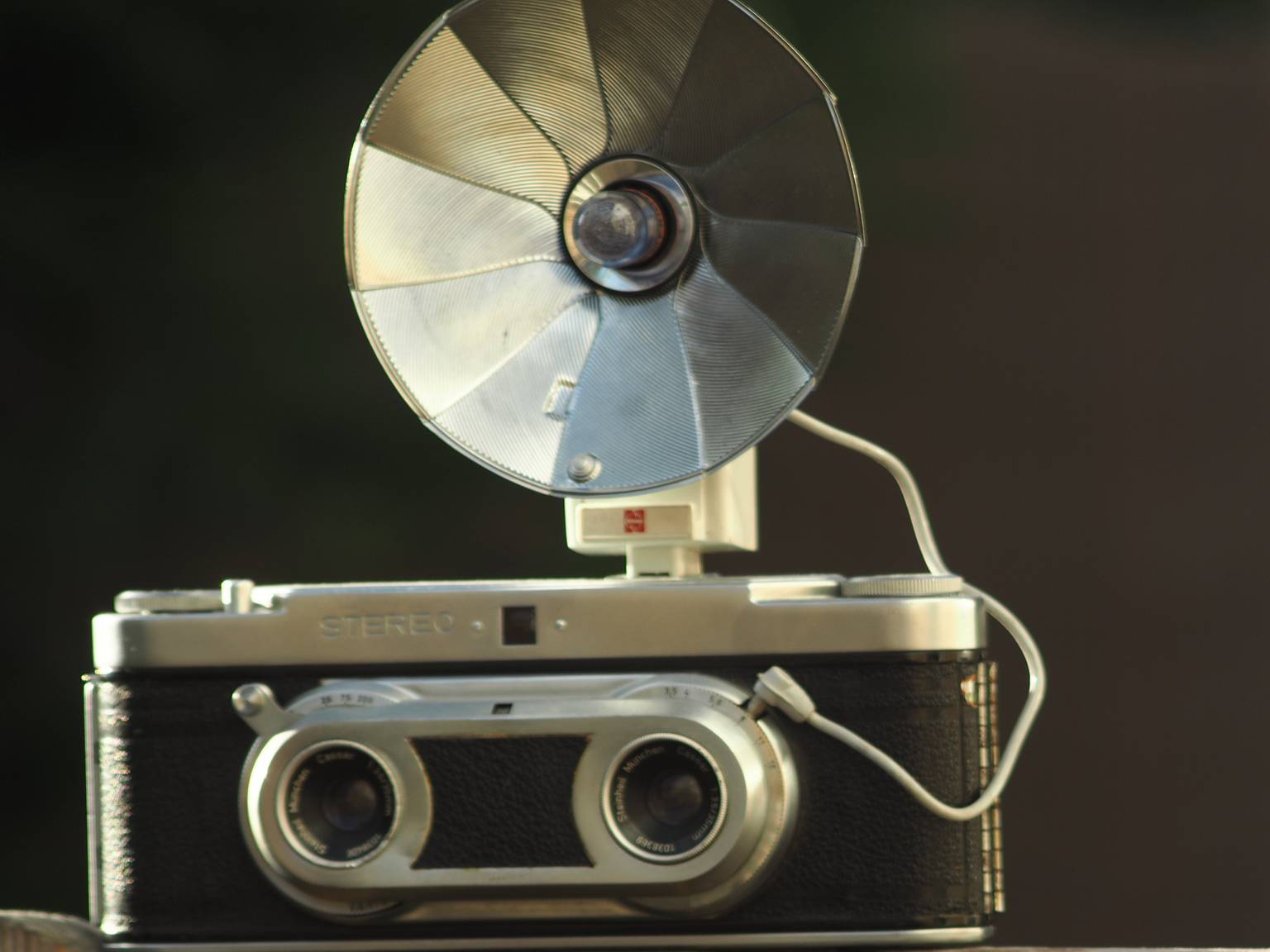

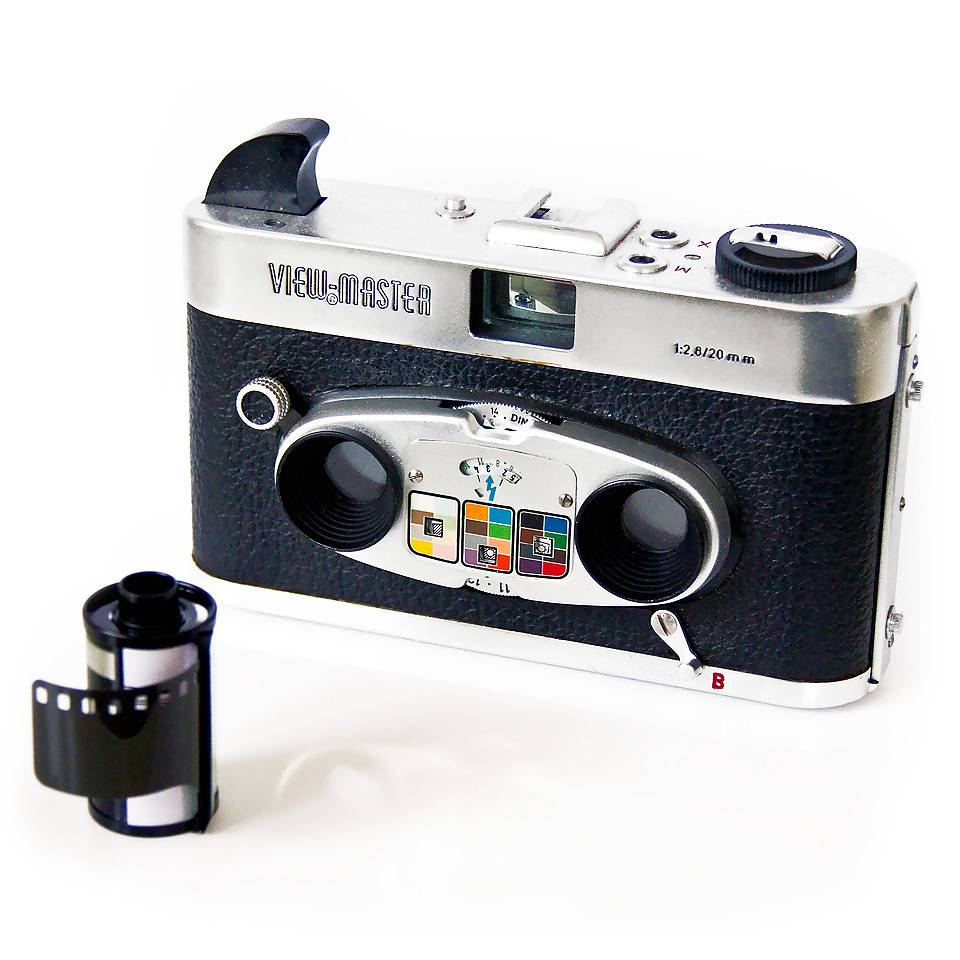


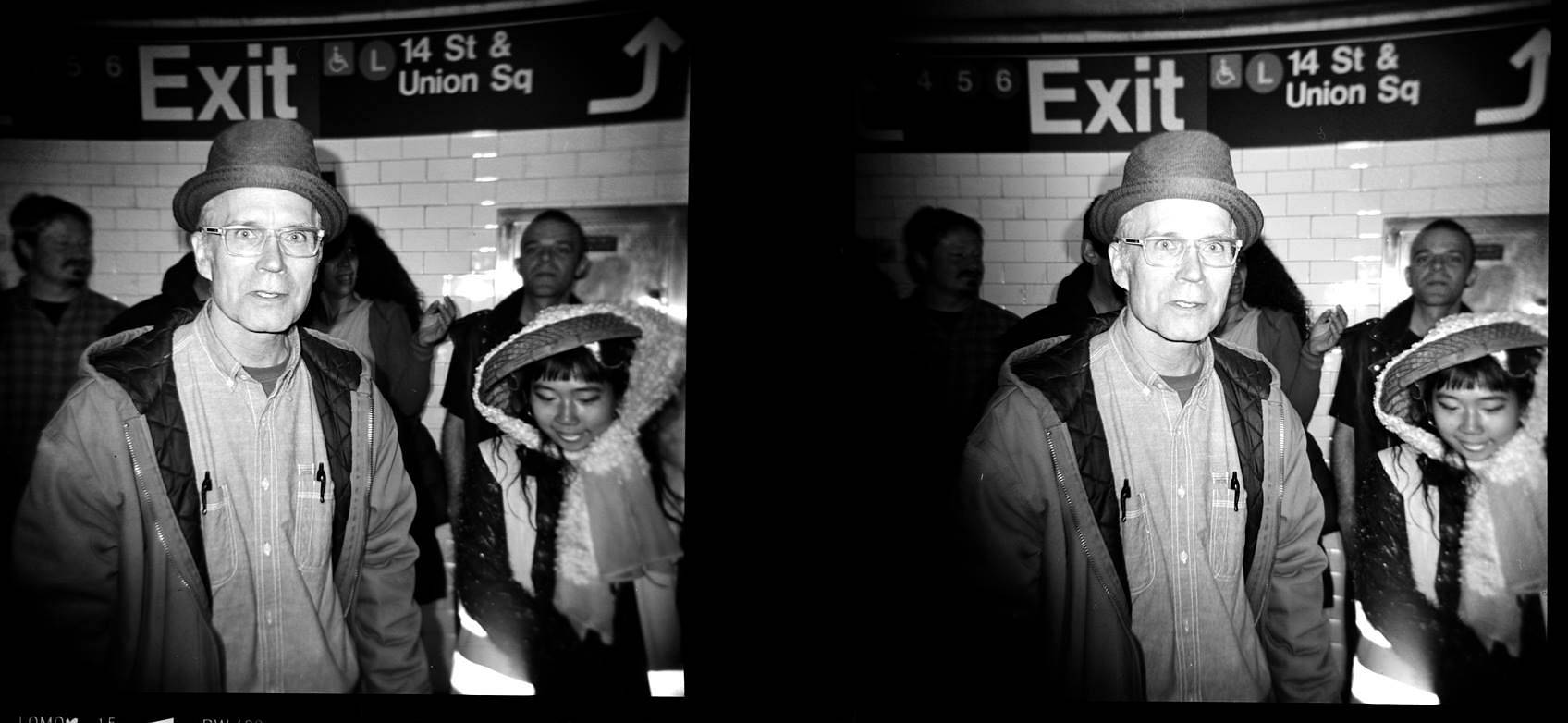
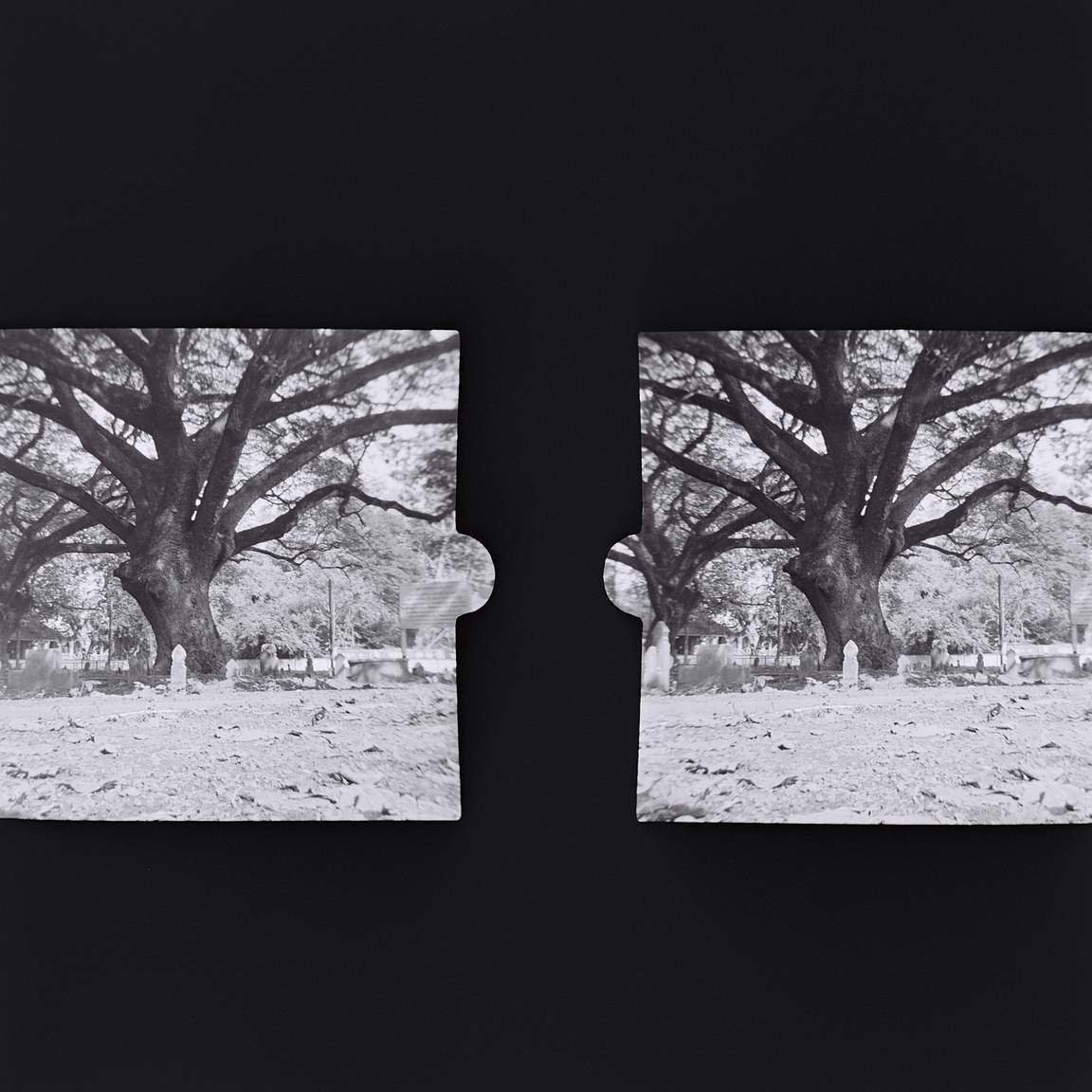



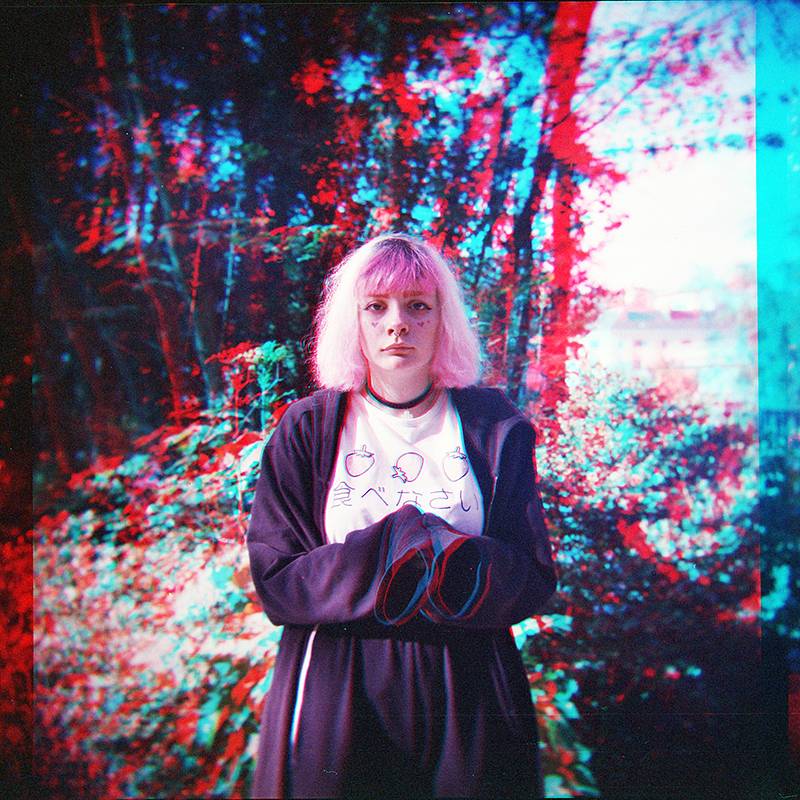



















2 Comments